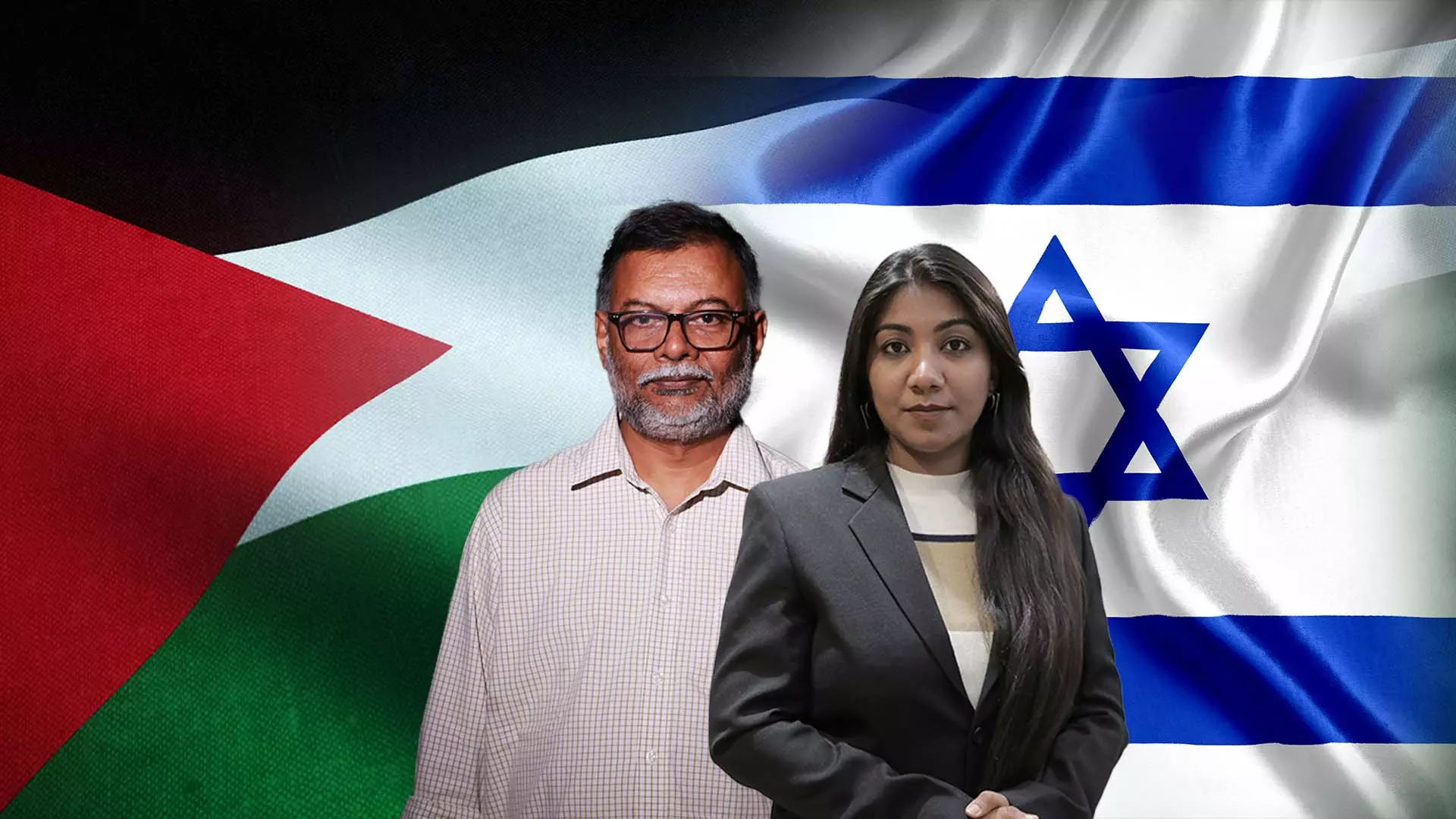
'Trump's Gaza plan is welcome as it signals end to Israeli assault'
K S Dakshina Murthy cautioned while fighting in Gaza may stop, but deradicalisation and governance issues remain complex and uncertain

The Federal recently spoke to K S Dakshina Murthy, senior journalist and Consulting Editor, about the recently proposed 20-point plan by US President Donald Trump to end the ongoing Gaza crisis. He shared insights on its feasibility, stakeholder reactions, and potential long-term implications for peace in the region.
Edited excerpts:
The plan is welcome, primarily because it signals an end to the ongoing assault by Israel on Gaza, which had reached humongous proportions. According to estimates, at least 66,000 people have been killed so far. The first and foremost outcome of this peace plan, and Hamas’s acceptance of it, is the cessation of fighting. It’s like a firefighting that has been doused, if it actually works.
Also read: Trump warns Israel, Hamas to ‘move fast’ or face 'massive bloodshed'
As for deradicalisation, that aspect is still uncertain because Hamas has not agreed to disarm itself. They intend to discuss it with other Palestinian groups and interested parties before making a decision. Additionally, Hamas is cautious about Trump heading the interim administration along with former British prime minister Tony Blair, insisting that Palestinians should run the governance. So, while the fighting is expected to end, several issues remain unresolved.
Which aspects of the plan are most likely to gain traction with Palestinian groups, Israeli leadership, and international allies?
Reactions have been mixed. Israel is not entirely happy, especially Prime Minister Benjamin Netanyahu’s right-wing partners, because Hamas has not fully disarmed. Yet Trump has accepted Hamas’s approval and requested Israel to halt bombings, which has led to a reduction in hostilities.
Also read: Gaza war: Israel, Hamas prepare for talks in Egypt for possible ceasefire
Arab countries are pleased as the fighting is stopping, but Hamas remains cautious, seeking some modifications. Independent observers, including India, have welcomed the initiative. Overall, the plan has received a positive response, though with notable reservations.
Does the plan's vision for Gaza's redevelopment as a terror-free zone suggest a shift toward economic incentives over military solutions?
That’s a long-term challenge. The immediate concern is stopping the fighting and restoring peace. Trump has proposed a Riviera-type redevelopment of Gaza, which initially shocked Palestinians and other Arab countries.
The long-term questions include how Gaza and the West Bank will be administered, whether Israel will recognise a Palestinian state, and how international troops will be deployed. These issues are complex and require careful handling to avoid destabilising the region further.
Also read: Trump says Israel agrees to initial Gaza withdrawal line, awaits Hamas nod for truce
How does Trump's direct intervention, bypassing traditional mediators such as Qatar or Egypt, compare to his first-term approaches?
Trump has always been pro-Israel. In his first term, a peace plan led by his son-in-law and former senior adviser Jared Kushner was widely criticised for undermining the concept of a Palestinian state. This new intervention appears aimed at demonstrating personal success, potentially to bolster claims for a Nobel Peace Prize.
His approach has been unilateral and unpredictable, bypassing traditional channels of mediation. While this is typical of “Trumpism,” it introduces risks in the implementation and acceptance of the plan.
Also read: Trump’s Gaza peace plan: What Hamas has accepted and what it hasn’t
What practical challenges might arise during the rollout of this plan?
The key challenges include Hamas’s reluctance to immediately disarm and disagreements over the administration of Gaza. Israel wanted control, while Palestinians insist the territory should be self-governed.
Another concern is the stability of the ceasefire, as past ceasefires have quickly broken down. While an agreement has been reached, implementing it in a region fraught with tensions will be tricky. It will require careful handling by all parties to ensure long-term success.
The content above has been transcribed from video using a fine-tuned AI model. To ensure accuracy, quality, and editorial integrity, we employ a Human-In-The-Loop (HITL) process. While AI assists in creating the initial draft, our experienced editorial team carefully reviews, edits, and refines the content before publication. At The Federal, we combine the efficiency of AI with the expertise of human editors to deliver reliable and insightful journalism.

